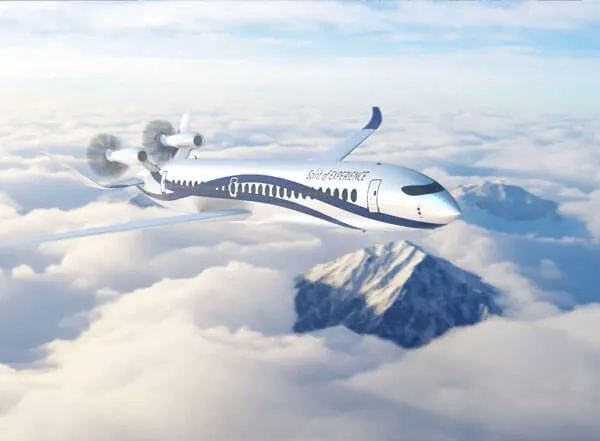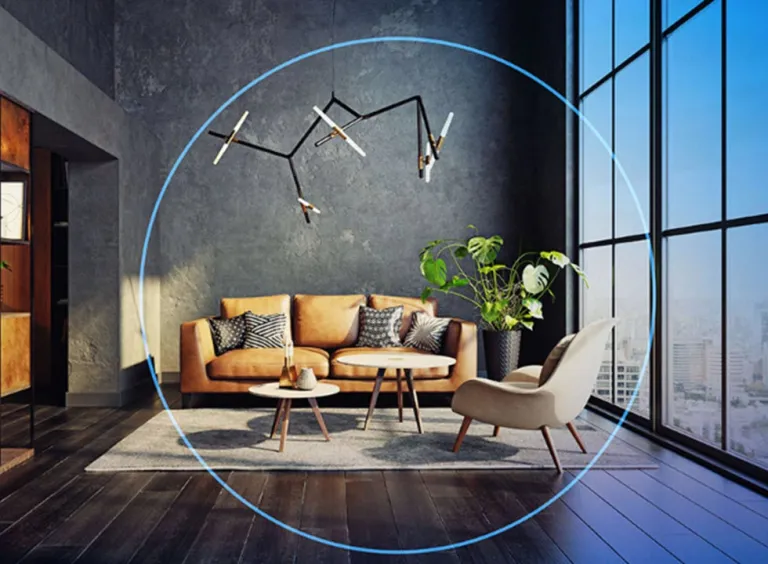MBSE: What is Model-Based Systems Engineering?
Model-based systems engineering has revolutionized complex system development by placing digital models at the core and enabling seamless integration.
What is Model-Based System Engineering?
Model-Based Systems Engineering (MBSE) is a paradigm shift in developing complex systems, fundamentally transforming traditional document-centric approaches. At its core, MBSE leverages digital models as the primary means of information exchange and system representation throughout the entire lifecycle of a project. This approach enables engineers to create, analyze and validate system designs in a virtual environment before physical implementation.
Key Benefits of MBSE Software
Sustainable Product Development with MBSE
Model-Based Systems Engineering (MBSE) supports sustainability by enabling more efficient product design, reducing waste and optimizing resource use. MBSE helps engineers assess environmental impacts early in the development cycle, minimizing material consumption and energy usage.
This proactive approach improves product longevity and promotes a circular economy by integrating recyclability and reusability into a system’s design.
Model-Based System Engineering across Industries
Discover how Model-Based Systems Engineering is applied across industries and how our MBSE solutions drive efficiency, innovation and sustainability.
Driving Innovation with Dassault Systèmes’ MBSE Solutions
Boost innovation and streamline collaboration with our cutting-edge engineering solutions.
CATIA for Enhanced MBSE Capabilities
CATIA’s MBSE framework streamlines collaboration, simulation and traceability for real-time system modeling and efficient change management. This unified approach to Model-Based Systems Engineering drives innovation.
CATIA Systems Engineering
CATIA Systems Engineering creates seamless collaboration across disciplines—from requirements analysis to system design and virtual validation. It provides end-to-end traceability, facilitates informed decision-making and ensures compliance with industry standards.
Integrated 3DEXPERIENCE Platform
Innovation requires collaboration. The 3DEXPERIENCE platform delivers an integrated environment for system modeling, simulation and analysis. This ensures seamless engineering across disciplines and throughout the entire product lifecycle.
Experience the Real-World Value of MBSE Solutions
Learn how companies of various sizes have benefited from implementing MBSE solutions.
Use Cases: Key Business Functions of MBSE
Discover how MBSE improves key business functions from requirements management to system validation. It enhances traceability and streamlines cross-disciplinary collaboration.
Requirements Management & Traceability
Effective systems engineering starts with clear, structured requirements. MBSE ensures seamless traceability from initial specifications to final validation. This reduces errors and ensures compliance with industry standards. By linking requirements to design and testing, teams can track changes in real time and improve the decision-making process.
Systems Architecture & Design
MBSE enables a model-driven approach to system architecture, so engineers can define, visualize and optimize complex systems early on in the development process. This structured methodology improves collaboration across disciplines and aligns all users, which in turn reduces the likelihood of costly redesigns.
Simulation & Performance Validation
MBSEs integrated simulation capabilities allows teams to virtually test and validate system behavior before physical prototypes are produced. This data-driven approach identifies potential issues early in development to minimize risks, optimize performance and speed up time to market by.
Cross-Disciplinary Collaboration
MBSE’s unified digital environment ensures seamless collaboration between mechanical, electrical and software engineering teams. By providing a shared model, it eliminates silos, improves communication and ensures consistency across all system components.
Change Management & Impact Analysis
Managing complexity requires agility. MBSE provides real-time impact analysis and version control, enabling teams to assess the consequences of design modifications before implementation. This ensures better decision-making, reduces rework and maintains project alignment.
Compliance & Risk Management
Regulatory compliance is critical in many industries. MBSE simplifies adherence to standards by embedding compliance checks into the development process. With built-in traceability and automated reporting, teams can mitigate risks and ensure regulatory approval more efficiently.
Model Based System Engineering & Virtual Twin Technology
Model-Based Systems Engineering (MBSE) and Virtual Twin Technology form a powerful synergy when it comes to complex system development. This integration allows engineers to not only take design decisions and analyze systems in a virtual environment but also simulate various scenarios and continuously optimize operations.
Dassault Systèmes' Key Values in MBSE
MBSE Software for Educational Environments
Dassault Systèmes provides future engineers with industry-leading MBSE tools. By offering the 3DEXPERIENCE platform to academics, students benefit from a hands-on experience in system modeling and collaboration.
The CATIA Magic suite supports education in systems engineering and architecture, bridging the gap between academic learning and real-world applications.
Want to Go Further?
Learn how companies of various sizes have benefited from implementing MBSE solutions.
Get in Touch with Our Experts
If you have any questions or want to discuss your needs, just complete the form and a Dassault Systèmes expert will get in touch.
Let’s embark on your MBSE journey together — contact us today!
Model-Based System Engineering FAQs
An example of Model-Based Systems Engineering (MBSE) is its use in automotive Advanced Driver Assistance Systems (ADAS) development. Automakers use MBSE to model and simulate complex systems where they need to integrate software, electronics and mechanical components. This approach enables engineers to validate system behavior, improve safety and ensure compliance with industry regulations before physical testing begins.
The main differences lie in the central role of digital models in MBSE versus document-centric approaches in traditional systems engineering. MBSE enables real-time collaboration, continuous system validation and improved traceability throughout the development process.
The three key pillars of MBSE are:
- People – The engineers, designers and stakeholders who work together using MBSE methodologies to improve system design and decision-making.
- Processes – The structured workflows and best practices that guide system development, from requirements management to validation.
- Tools – The software platforms and modeling languages, such as SysML, the 3DEXPERIENCE platform and CATIA Magic, that support digital system modeling, simulation and lifecycle management.
Common MBSE tools include SysML modeling software, simulation platforms and integrated development environments. Dassault Systèmes' 3DEXPERIENCE platform and CATIA Magic are examples of comprehensive MBSE solutions used in industry.
MBSE supports the entire system lifecycle by providing a consistent model-based representation from concept to retirement. It ensures efficient requirements management, design, analysis, testing and maintenance throughout the product's life.
Challenges in implementing MBSE include cultural resistance to change, the need for new skillsets and initial investment in tools and training. Organizations must also address data management and integration issues across different disciplines and legacy systems.






